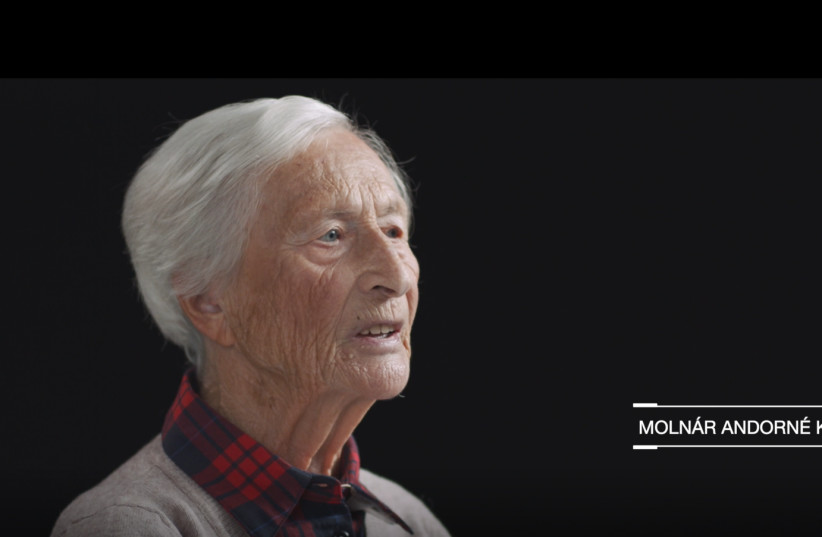The slaughter of European Jewry by the Nazis and their collaborators during World War II ended in 1945. Still, today, 77 years later, its effects are being played out in criminal and civil litigation in Germany and the United States. The criminal trials concern the few perpetrators still alive – primarily concentration camp guards – who directly participated in the Holocaust. The civil litigation concerns possessions stolen from Jewish victims from the onset of sanctioned antisemitism in Germany, Austria and elsewhere in Europe in the 1930s, through the apex of the Holocaust.
Most of the civil lawsuits that have captured the public’s attention concern famous artworks stolen from their Jewish owners. Woman in Gold, the 2015 blockbuster movie starring Helen Mirren as Maria Altmann, a Viennese native living in Los Angeles fighting the Austrian government for the 1907 painting of her aunt, Adele Bloch-Bauer, by Gustav Klimt, is a prime example.
A recent Supreme Court case, Federal Republic of Germany vs Philipp, concerns ownership of an art collection known as the “Guelph Treasure,” which the heirs of the Jewish owners sought to reclaim from the German government, garnered considerable attention. And just this week, The New York Times ran a story about Stuart Eizenstat, crediting him with “negotiat[ing] with European governments and companies, recovering more than $8 billion for Holocaust survivors and families, and help[ing] write the landmark Washington Principles on returning looted art... ” The Times reported that Eizenstat had now switched sides, representing the Horowitz family, owners of a famous painting by Camille Pissarro, in a suit by relatives of Ludwig and Margret Kainer, who claimed rightful ownership of the painting, stolen from them by the Nazis.
Yet, there is another ongoing lawsuit – filed over 11 years ago – that dwarfs all of the above in the magnitude of damages alleged but has garnered no public attention, despite the fact that it was a companion case to Philipp in the Supreme Court.
Simon, et al. vs Hungary, et al., a class action filed in the federal court in Washington, is now in its third round of appeals to the federal court of appeals – from an order of the trial court largely denying Hungary’s third motion to dismiss. Simon was brought on behalf of a class of several thousand survivors of the Hungarian Holocaust towards the end of World War II.

Until March 19, 1944, Hungary was Germany’s ally and so Hitler did not seek to impose his Final Solution there. But that changed in March 1944 when it was clear that the war was lost, and elements in Hungary sought to sue for peace. Hitler refused and so in March 1944 Germany “occupied” Hungary, and that is when the Final Solution began there.
Under Adolf Eichmann, the Hungarian gendarme and national railway – in only a few months – transported over 400,000 Hungarian Jews to their deaths, primarily at Auschwitz. As they were herded into the cattle cars for transport to their slaughter, the Jews were stripped of their personal property, including money, jewelry, cutlery, household possessions and the like. The Hungarians kept meticulous records of the property they stole – records now lodged at Yad Vashem.
The Simon plaintiffs are the several thousand surviving children of the families taken to Auschwitz, where the parents were gassed upon arrival. The children – now in their eighties and nineties – were dispatched to slave labor camps and factories to fuel the collapsing German war effort and were liberated by whichever Allied army captured the territory where they were imprisoned. According to Hungary, the Simon plaintiffs’ claims are worth billions of dollars. Hungary has never made restitution.
Why has the case gone on so long? Two reasons are that Hungary has used every available procedural stratagem for delay, and the federal court system in the United States is inherently slow. But if public attention were focused on Simon, perhaps the calculus would change. Many of the Hungarian survivors, all of whom are near the end of their lives, live in Israel. Why has the Israeli government not sought, through diplomatic channels, to engage the Hungarian government in settlement talks? The remaining survivors of the Hungarian Holocaust are dying every day. Their plight is tragic. Israel should act now.
The writer, counsel at the Maryland law firm of Rifkin Weiner Livingston, LLC, is one of the lead attorneys representing the plaintiffs in Simon vs Hungary.
